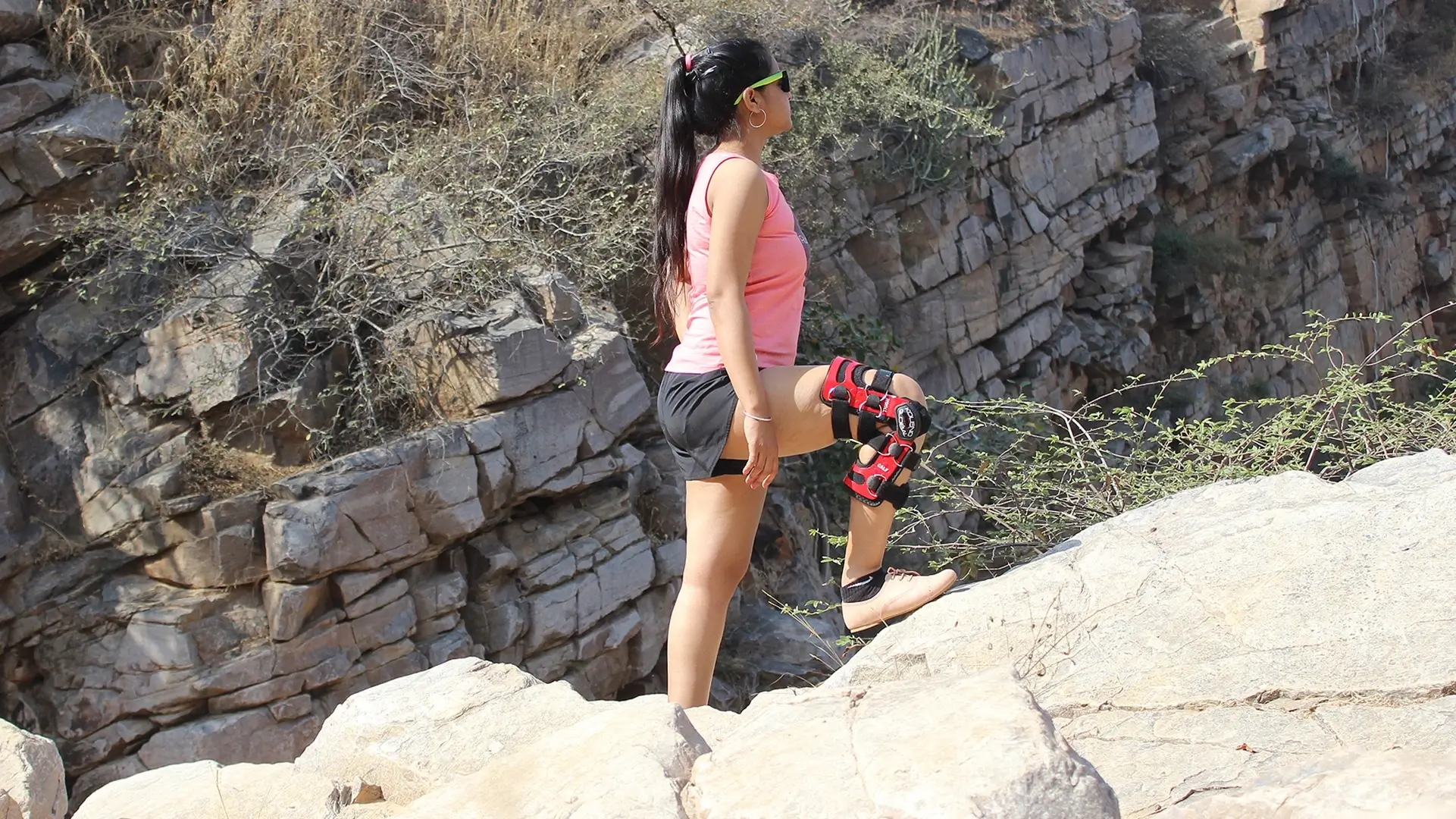is one of the most common joint-related problems that humans go through. It can be due to autoimmune diseases, wear and tear, family history, injuries, and other multiple factors. It is estimated that more than 40% of the population can suffer from an condition within the next 20 years. This says a lot about the youth at present. is not something that affects only people of age even though most arthritic patients sit in the older spectrum.
knee braces are very common and used almost daily by patients all over the world. These braces help in relieving the pain and swelling that come with osteoarthritis. Osteoarthritis knee braces provide support and warmth to the affected areas of the knee and work on resisting any kind of unwelcomed pressure on the osteoarthritis parts of the knee.
Since not every osteoarthritis symptom or diagnosis is the same, there are different types of braces that are designed for patients suffering from osteoarthritis. They are fabricated to support and help depending upon the situation one is in. It is very crucial to determine the right type for you as these braces are going to support your knees for the majority of your time.
Types of Osteoarthritis Knee Braces
-
Standard Osteoarthritis Knee Support Braces
They singularly work on creating a uniform resistance and support to the overall affected area. They can easily be spotted in the form of a slip-on. They do not restrict movement and just add a tiny bit of resistance for the muscles. Most arthritis patients use these slip-on while sleeping to feel at ease whilst their knee is being supported. Patients with only mild symptoms or diagnosed with mild osteoarthritis can make use of the basic osteoarthritis knee support equipment.
-
Advance Braces
The advanced knee support braces work on a deeper level than standard braces by targeting comfort and support for ligaments within the knee. They are designed to reduce the weight and pressure that goes through the joint and is absorbed by the ligaments. Although, despite their specifications, they can be utilized by people suffering from mild arthritis as well as people with moderate arthritis. Whether it is part of the joint that is concerning you or the joint itself, advanced knee support braces can help relieve the pain in both cases.
-
Unloader Osteoarthritis Knee Brace
These are probably the most superior and created with more expertise when compared to other braces. Unloader braces are created to reduce and moderate the force that goes to the parts of your knee that are affected by arthritis. It does that by changing the angle of your knee joints. Unloader braces are seen as very useful as they highly improve a patient’s lifestyle and can extend the time needed before surgery. Unloader braces come attached with specialised hinges that work to uniformly redistribute weight to healthier parts of the knee. Even though they are an advanced version of general knee braces and are best recommended for people with severe arthritis, they can be used by people suffering from mild and moderate arthritis too. It is advised to gradually increase the use hours of unloader braces and start from only 2-3 hours of use per day.
Do Braces Really Work for Osteoarthritis?
There are several studies that have taken place when talking about knee braces and there are several research teams actively studying at present. When talking about arthritic knee braces, there can be several positive feedback from professionals, if not all. While braces cannot significantly improve a situation of arthritis, they can help in the management and assist in leading a fulfilling life from thereon. The key for braces to work is to find the correct one for your situation and then wear them consistently. They are known to reduce the chances of any future injury, reduce pain, help in stiffness, and help in correcting a deformity. All of these in unison can help the patient in being more confident in their daily activities, make them less tense, and improve their overall functionality.


